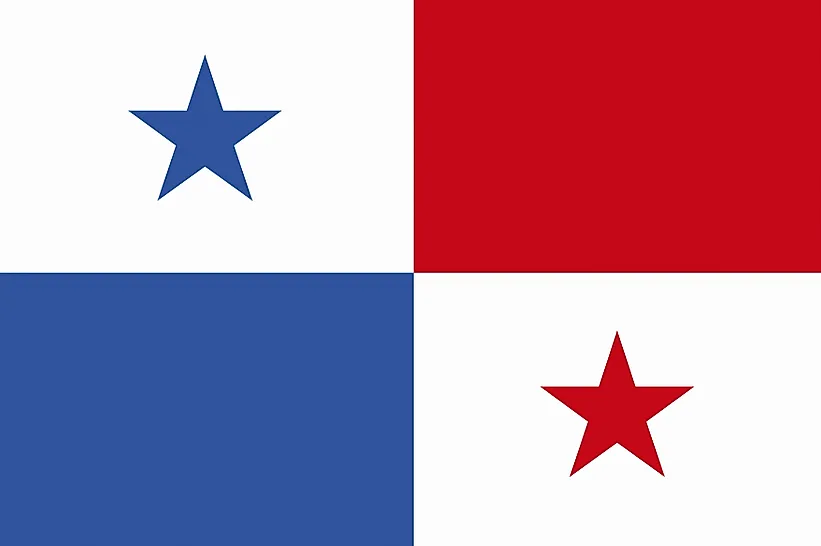
Panama
| Continent | Americas |
| Capital | Panama City |
| Population | 3,705,246 |
| GDP | $93.12 Billion |
| GDP per Capita | $22,800 |
| Dialing Code | +507 |
| ISO Code (2-letter) | PA |
| ISO Code (3-letter) | PAN |
Panama Landscapes






About Panama
Welcome to Panama, a nation where two oceans meet and continents connect. With approximately 4.3 million people occupying 75,420 square kilometers, Panama combines remarkable biodiversity with strategic importance, standing as a crucial link in global maritime trade.
Geographic Features and Natural Beauty
Panama’s geography encompasses extraordinary diversity, from Caribbean beaches to Pacific coastlines. The country features a mountainous spine running through its center, creating diverse microclimates and ecosystems.
The landscape includes tropical rainforests, cloud forests, and the Panama Canal watershed. The country’s unique position as a land bridge between North and South America supports remarkable biodiversity.
Protected areas include numerous national parks and reserves, protecting diverse species and ecosystems. The country’s commitment to environmental protection focuses on preserving its role as a biological corridor.
Cultural Heritage and Traditions
Panamanian culture represents a vibrant blend of indigenous, European, African, and Asian influences. The country’s heritage includes distinctive architecture, particularly in Casco Viejo, Panama City’s historic district.
Traditional arts include mola textiles, pottery, and distinctive folk music. Dance traditions feature various styles including tamborito and cumbia, while festivals celebrate the country’s diverse heritage.
Panamanian cuisine combines tropical ingredients with diverse cultural influences, featuring seafood, tropical fruits, and distinctive preparations. The tradition of carnival celebrations and community festivals remains central to cultural life.
Historical Journey
Panama’s history spans from indigenous settlements through Spanish colonization to its strategic role in global trade. The country’s position has influenced its development throughout history.
Significant periods include Spanish colonial rule, union with Colombia, independence in 1903, and the construction and eventual transfer of the Panama Canal. The country’s transformation into a maritime and financial hub demonstrates remarkable development.
Modern Economic Landscape
Today’s Panamanian economy centers around the Panama Canal, banking, and tourism. The country serves as a major logistics hub and financial center.
Recent initiatives focus on infrastructure development, service sector growth, and sustainable tourism. Panama’s strategic location and modern infrastructure support its position as a regional business center.
International Relations and Global Position
Panama maintains active participation in international trade and diplomacy while serving as a crucial maritime link. The country’s management of the Panama Canal influences global commerce.
Did You Know?
• The Panama Canal saves ships up to 7,872 miles on a journey from New York to San Francisco?
• Panama is the only place in the world where you can see the sun rise on the Pacific and set on the Atlantic?
• The Panama hat actually originated in Ecuador?
• Panama City is the only capital city in the world that has a rainforest within its city limits?
Conclusion
Panama represents a unique combination of natural wealth and strategic importance. From its tropical forests to its modern skyline, from its indigenous heritage to its global connections, Panama continues to evolve while maintaining its position as a crucial crossroads. As it addresses challenges including sustainable development and social inclusion, Panama remains committed to its role as a bridge between worlds while preserving its distinctive character.